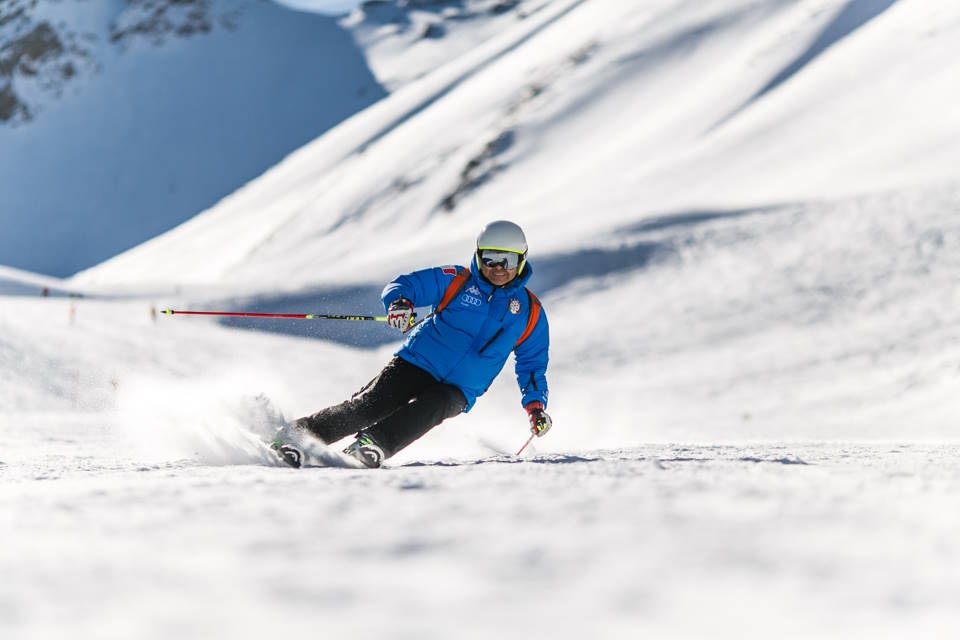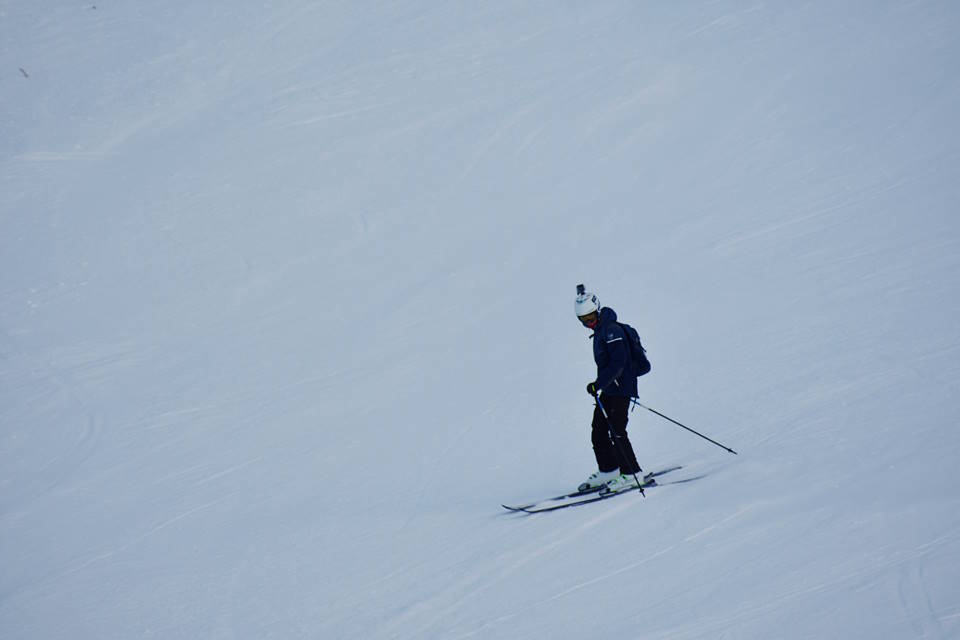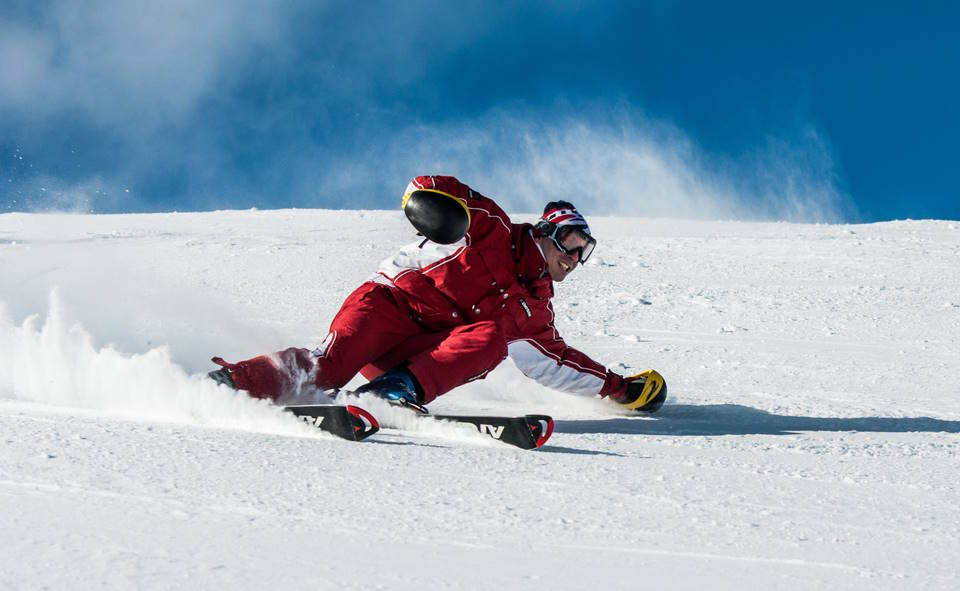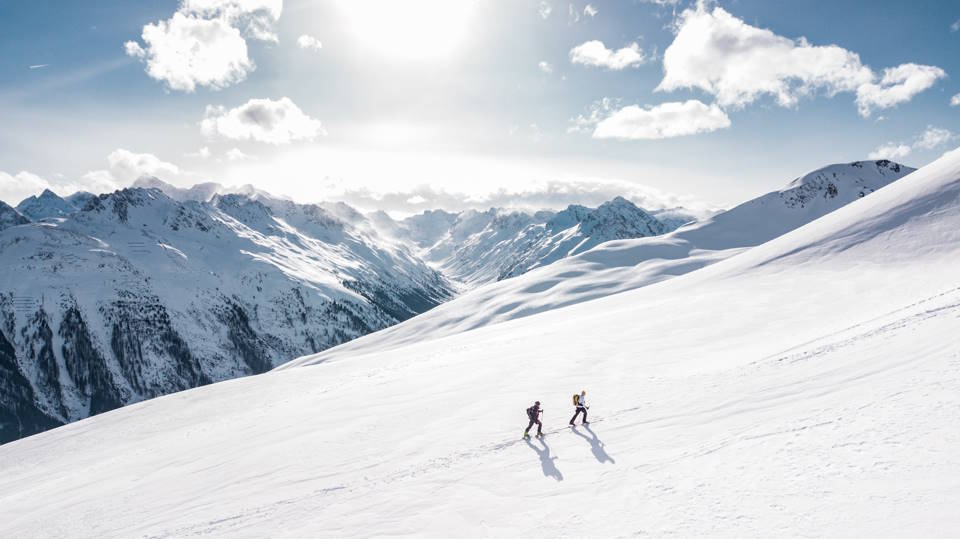Are you struggling with your ski bindings because you have smaller boots? Don’t worry, we’ve got you covered! In this blog post, we will discuss everything you need to know about adjusting ski bindings for smaller boots. From understanding how ski bindings work to determining the correct boot size, adjusting the bindings, and finally testing and fine-tuning them, we will guide you through the whole process. Whether you’re a seasoned skier or a beginner, it’s essential to ensure that your ski bindings are set up correctly to ensure safety and optimal performance on the slopes. So, grab your smaller boots and get ready to learn how to adjust your ski bindings like a pro!Learn about ski binding basics, finding the right boot size, adjusting bindings, and fine-tuning for a safe and enjoyable skiing experience.
Understanding Ski Bindings

When it comes to skiing, one of the most important components of your equipment is the ski bindings. Ski bindings are the crucial link between your boots and the skis, ensuring that your boots stay securely attached to the skis while allowing for safe and efficient skiing. Understanding how ski bindings work and how to properly adjust them is important for any skier, whether you are a beginner or an experienced pro.
First and foremost, it’s important to understand that ski bindings are designed to release in the event of a fall or other sudden force. This is a safety feature that helps to prevent injuries, particularly to the knees. The release settings on ski bindings can be adjusted based on your height, weight, skiing ability, and boot size, and it’s important to have them set correctly to ensure safe skiing.
Another important aspect of understanding ski bindings is knowing the different types of bindings available. There are different bindings for alpine skiing, cross-country skiing, and telemark skiing, each with their own specific features and adjustments. It’s important to choose the right type of binding for your skiing style and ability, and to adjust them properly for your boots.
Overall, understanding ski bindings is an essential part of being a responsible and safe skier. By knowing how ski bindings work, how to adjust them, and how to choose the right type for your needs, you can ensure that you have a safe and enjoyable skiing experience every time you hit the slopes.
Determining Correct Boot Size

When it comes to skiing, having the correct boot size is essential for both comfort and safety on the slopes. Determining the correct boot size involves more than just trying on a few pairs and picking the most comfortable. There are a few key steps to take in order to ensure that you are getting the right fit for your feet.
First, it is important to measure the length of your foot. Using a ruler or a Brannock device, measure the distance from the heel to the tip of the big toe. This will give you a good idea of what size boot you should be looking for. Keep in mind that ski boots typically fit differently than regular shoes, so the size you normally wear might not be the best fit for skiing.
Next, consider the width of your foot. Ski boot width is typically measured by the letter E for narrow, R for average, or W for wide. It is important to take this into account when trying on different boots, as the width can greatly affect the overall comfort and performance of the boot.
Finally, when trying on ski boots, it is important to remember that they should fit snugly, but not too tight. Your toes should lightly touch the front of the boot, but should not be crammed or curled. It is also important to flex your knees and ankles while trying on the boots to ensure that they provide the necessary support and flexibility for skiing.
Adjusting Ski Bindings

Adjusting ski bindings is an important part of ensuring a safe and comfortable skiing experience, especially if you have smaller boots. When your ski bindings are not properly adjusted to fit your boots, it can lead to discomfort, decreased performance, and even injury. With the right tools and knowledge, you can easily adjust your ski bindings to fit your smaller boots.
First, you will need to locate the adjustment screw on your ski bindings. This screw is typically located on the side of the binding, and it allows you to adjust the length of the binding to accommodate smaller boots. Using a screwdriver, carefully loosen the screw to release the tension on the binding, allowing you to adjust the length.
Next, slide the binding to the desired position to fit your smaller boots. Once you have made the adjustment, use the screwdriver to tighten the adjustment screw, securing the binding in place. It is important to ensure that the binding is securely fastened to prevent any movement while skiing.
After making the necessary adjustments, it is crucial to test the bindings to ensure that they are properly adjusted to fit your smaller boots. Put on your boots and click them into the bindings, then check for any gaps or slack. If the boots fit snugly and there are no gaps, your bindings are properly adjusted.
Once you have tested the bindings and confirmed that they are adjusted to fit your smaller boots, you are ready to hit the slopes with confidence, knowing that your ski equipment is tailored to your specific needs.
Testing And Fine-Tuning

When it comes to adjusting ski bindings for smaller boots, testing and fine-tuning is crucial to ensure the perfect fit and performance on the slopes. Once you have determined the correct boot size and made initial adjustments to your ski bindings, it’s time to test and fine-tune the settings to ensure optimal safety and comfort.
Start by taking your skis to a professional ski technician or a ski shop to have them inspected and tested. The technician will be able to make any necessary adjustments to the bindings based on your boot size and weight. This step is essential to ensure the bindings are properly calibrated and functioning correctly.
After the initial adjustments, it’s important to test the bindings on the slopes to ensure they are set to the correct release and retention settings. This involves skiing down different types of terrain and evaluating how the bindings perform during turns, jumps, and stops. Make note of any issues or discomfort you experience, as these may indicate that further fine-tuning is required.
Once you have tested the bindings and identified any areas for improvement, it’s time to fine-tune the settings to achieve the perfect fit. This may involve making minor adjustments to the din settings, forward pressure, and toe and heel piece positions. Again, consulting with a professional ski technician is recommended to ensure the adjustments are made correctly and safely.
Overall, testing and fine-tuning ski bindings for smaller boots is a crucial step in the setup process. By taking the time to test and make adjustments, you can ensure that your equipment is safe, comfortable, and optimized for your skiing ability. So, don’t overlook this important step in preparing for a successful and enjoyable time on the slopes!




